by Rabbi Yair Hoffman for 5tjt.com
His name was Rabbi Theodore Lewis z”l (1915-2010 – yahrtzeit 27 Tishrei). He was the Rabbi of the Touro Synagogue in Newport, Rhode Island and was a talmid of Rav Yeruchem Levovitz zt”l and Rav Leizer Yudel Finkel zt”l as a student of the Mir Yeshiva. Later in life, after he retired, he davened in the Mir Minyan in Boro Park on 16th Avenue in Boro Park, where I would occasionally daven as well. He was rather tall and had not completely lost his Irish accent.
Rabbi Lewis barely escaped Poland before the Nazis y”s invaded it during WW II. He served as the rabbi of the Adelaide Road Synagogue, the largest congregation in Dublin, before coming to the United States. He visited Touro Synagogue in 1949 and never left, serving the congregation for the next 36 years.
Below are his memories of the Mir Yeshiva in Poland.
I was born in Dublin, Ireland, and grew up under the influence and guidance of Rabbi Dr. Isaac Halevy Herzog, who was the Chief Rabbi of Ireland, and who later became Chief Rabbi of Israel. As a teenager I decided to go to learn in Yeshiva Etz Chaim, London, England. The Rosh Hayeshiva at that time was Rabbi Elijahu Lopian (z”l), the world famous ba’al musar. I remember vividly before I decided to leave for the Yeshiva, Rabbi Herzog took me into his study and took down a Gemara from the bookcase and opened it to the Mishna (Hebrew text here). “This is the way that is becoming for the study of the Torah: a morsel of bread with salt thou must eat and water by measure thou must drink, thou must sleep on the ground, and live a life of trouble the while thou toilest in the Torah.” (Pirkei Avos 6:4.)
As he read and translated this passage, Rabbi Herzog must have realized that this was rather an intimidating program for a young lad, who had never been exposed to Yeshiva life and who was leaving his native land and his home for the first time in his life, to be told that if he were to become a Yeshiva Bachur, he should expect to live a frugal existence, if necessary, to sleep on the floor, and to be subjected to a life of frustration, denial and aggravation. As if to comfort me about the challenge that lay ahead, Rabbi Herzog put his arm around my shoulders and said “But, my boy, it won’t be that bad!”
I learned in the Etz Chaim Yeshiva for a couple of years, and then on the advice of Rabbi Yecheskel Abramski (z”l), I set out with the late Kopul Rosen to learn in the celebrated Mir Yeshiva, Poland. It was 1935, the time of the Italian-Abyssianian war. Some people, afraid that Europe would be embroiled in the conflagration, tried to dissuade us, but we took little notice of their well meaning advice. We embarked from Dover and set sail for Ostend, then to Brussels, Berlin, Warsaw and finally to Mir.
Mir was situated sixteen kilometres from the railway station. This required that we travel the remainder of the journey by road. We arrived in the middle of the rainy season and experienced the muddy and marshy roads, for which Poland is famous. We breathed sighs of relief when our bus arrived at our destination, as we were debating in our minds whether the dilapidated and battered vehicle would overtopple in the uninviting mud and slime.
Mir, our destination, is a small hamlet, so small in fact that it is not represented on the map. Before I had left Dublin, I had sought the advice of the Polish Consul, who told me, quite candidly, that he had never heard of Mir. Indeed, its only claim to fame was the fact that the Yeshiva was situated there. When I told the Consul that Mir was near Baranovitch, which was clearly marked on the map, he said to me, “But surely as a student, you would be able to enjoy life much better in a big city like Warsaw, Lemberg, or Cracow. Why do you want to seclude yourself in such an isolated and remote area, which undoubtedly will be lacking in the amenities, amusements, and conveniences, of modern life. I found it difficult to explain to the Consul, that it was simply because Mir did not have these attractions, that I had decided to spend the best years of my life there.
Mir was a small town situated in eastern Poland, not too far from the Russian border. Approximately 500 Jewish families lived there. Non Jews lived mainly on the outskirts of Mir. Very few of them lived in the town. The students of the Yeshiva were an important source of income to the townspeople. The inhabitants were mainly shopkeepers and scribes. The shopkeepers depended largely on the support of the students of the Yeshiva and on trade on the weekly market day, when peasants of the neighboring farms came into town to sell their produce, and to buy their week’s supplies of necessities. The scribes were famous for their beautiful handiwork and they exported scrolls to Jewish communities all over the world.
Many of the other Jewish inhabitants depended entirely on support from relatives in America, England, and South America. Indeed, the whole community was a poor one. In many homes, the poverty was acute, some lacking even the bare essentials of life. The staple diet was potatoes and bread of poor quality. Their position was particularly pitiful during the long, dark, winter months. The streets were snowbound, with snow piled many inches high on the pavement and on the roads. It was not an uncommon sight to see an old woman during the intense frost, dressed in tatters, dragging a small sled, in which she placed logs of wood which she had collected from her kindhearted neighbors.
The Yeshiva had no dormitories, so the student boarded with the townspeople. Small groups of six to eight students banded together in private homes and hired the baalaboste, the wife or widow of a house owner, to look after them. In general, the homes were only able to accommodate two students for sleeping. I lodged in the home of a Torah scribe and ate in the home of a widow, Etka Miranka, the latter name given to her because she lived in Miranka street. Etka catered for seven young men, among whom were Polish, American, English, and Irish students. Etka had two sons and a daughter who served at the table. She augmented her income from the students by buying grain from the peasants, when they came into Mir from outlying villages, to sell their produce, and to stock up on supplies, purchased at the local stores. Etka had very little money with which to do business. So she borrowed whatever spare money we had, on the night before the market day, and would pay us back, when she sold the grain she bought.
Etka took a motherly interest in her boarders and did her best to attend to their welfare. She was a plain cook and was remarkable in her ability to provide nourishing meals with the limited resources that were available to her. When I became her boarder, her home was lit by a kerosene lamp, but as we, the “auslander”, considered that too primitive and inadequate, we each made a contribution towards the installation of electric light.
Every week, a peasant woman would come to pick up our laundry and return it a few days later, clean and pressed. The students who came from other countries, came from homes where they had all the modern amenities, found it difficult and inconvenient, not to have indoor toilets. Instead, there were outhouses in the back of the homes. This became very inconvenient in the cold, winter months. To the best of my recollection, the Yeshiva had the only modern, indoor toilets in the region.
As there was no indoor plumbing in the homes, water was unavailable from the faucet. Instead, water had to be transported, physically, in buckets from a well in the center of the town. Some poor Jews eked out a meagre livelihood by filling two buckets of water at the well and carrying them yoke-wise and selling the water to the house owners.There were two doctors and a dentist in Mir. They provided care for the townspeople and Yeshiva students. Operations and serious illnesses were referred to hospitals and specialists in larger cities. Prescriptions were compounded at a drug store in the town.
Mir had a police station and a post office. Yosef, the postman, distributed mail in the town. When I arrived in Mir, I lodged for a time in his home. There was also a fire department, manned by volunteers. There were a number of tailors in town who developed a specialty in taking an old suit apart and resewing it inside out. This did not cost as much as having a new suit made. I still remember, with awe, the skill and competence of Schmerel, the tailor who could not read or write, and, yet, he was able to produce the most elegant and stylish suits. He would measure his customers with a long piece of brown paper and for measurements, he would put a nick in the paper at the appropriate places.
The streets in Mir were paved, mainly with cobble stones. After the winter, when the snow had lain on the ground for months and had melted under the warm rays of the sun, it became very difficult to walk in certain areas, on account of the mud. Travel between Mir and outlying areas was either by a bus of ancient vintage, or by a horse and cart. In the rainy season, this became hazardous and messy, as travel was slow owing to the mud. In the winter, we sometimes enjoyed the diversion of sleigh rides over the snow filled roads.
The Yeshiva was a huge stone building. Six large windows lined each side, vitally necessary, if the eyesight of students, who studied commentaries printed with small type, was not to be impaired. The furniture of the Yeshiva consisted of rows of seats and hundreds of lecterns. Each student had, in fact, a lectern to himself. At one end of the Yeshiva were two ovens, which provided the heat for the entire building during the cold weather.
My first impression of the Yeshiva was a soul stirring one. It was at night, when all the students were engaged in the study of Mussar-personal ethics and piety. As I traversed the grounds of the Yeshiva, I heard a voice of yearning, a yearning towards spiritual uplifting, a voice sublime, which made all things material recede in the distance. I can still hear that sound, its deep emotion ringing in my ears. It is one of the few experiences I will never forget. As I entered the glass doors, a most impressive scene met my eyes. Over four hundred young men were poring over books of Mussar, in which they were intensely engrossed. The sincerity of the sight, which I witnessed, moved me profoundly.
In the morning, I was taken to the Rosh Hayeshiva, Rabbi Eliezer Yehuda Finkel, one of the world’s most famous authorities on Talmud. Great credit is due to him for his indefatigable labor in raising the standard of study in the Yeshiva. At all hours of the day, students would come to his private residence to hear his opinion, on a “Chiddush”, an original interpretation. Indeed, the Chiddush had to be of high standard to satisfy the critical mind of Rabbi Finkel.
After a couple of weeks in the Yeshiva, I was able to take stock of my fellow students, with whom I was destined to remain for a period of four years. The majority of the students were naturally of Polish origin. But about a fourth of the total were “Auslander”, that is from other countries. There were, in fact, about forty Americans, thirty Germans, six Austrians, three French, one Swede, one Dane, eight English, three Irish, three Canadians, two South Africans, four Belgians, etc.
Some of the Auslander had qualified in Universities as Doctors of Medicine, others in Law. All were well advanced in secular education. They were very fine types. Each had the same object in view, to become knowledgeable in the abstruse problems of the Talmud; to obtain a profound and deep knowledge of Judaism; to refine their character and personality. In accordance with the ethical way of life as propounded in the teachings of Mussar. To achieve their object, they did not think a journey of thousands of miles, from modern cities to a small, remote village in Poland, too much, or the exchange of the modern amenities of life, for a more primitive mode of living, too great a sacrifice. Some had even brought their wives with them and settled down in this small outlying village. They were willing to forget accustomed pleasures and conveniences for the discomforts of this village, because they knew that they were acquiring something of higher and more lasting worth than material values.
The Polish students were outstanding scholars. Some were known as prodigies in the Yeshiva world. As Mir was one of the largest and greatest Yeshiva in the world, only those who had reached a very high standard of proficiency in Talmudic studies were admitted. They were for the most part brilliant keen-minded, and of an exceedingly pleasant disposition. The majority of the students were mature men; the rest, youths, in their late teens.
Hours of study were rather long. Officially, nine hours of study a day were required, but few were content with so “limited” hours. The majority of the students studied until the early hours in the morning, and on Thursday nights, some students studied until five o’clock in the morning. Electric light was switched off in the whole town at one a.m. From that hour, study was only possible by the flickering light of huge oil lamps, which were suspended from the ceiling. This, however, did not deter the students. No difficulty, which was connected with study, was deemed insuperable. At the end of the term when books were put in order, and the library was temporarily closed, most students felt life difficult. It seemed that some vital component had been removed from their lives. Everybody studied with boundless zeal and enthusiasm. All had but one thought in mind-to waste as little time, and to gain as much knowledge as possible.
Twice a week, the Rosh Hayeshiva,, and his son-in-law, Rabbi Chaim Shmulewitz, an eminent scholar, delivered a Pilpul, a casuistical address to the assembled students. These Pilpulim were eagerly looked forward to, as they concerned very abstruse problems, which necessitated the mind of a genius to unravel. After the Pilpul, the Rosh Hayeshiva was subjected to a veritable bombardment of questions put to him by the students. Groups would then form, debating heatedly, the various points raised by the Rosh Hayeshiva and by Rabbi Chaim.
The Mashgiach, Rabbi Yeruchom Levovitz, the spiritual leader of the Yeshiva, delivered ethical and moral discourses several times a week. Many newcomers found it difficult to understand the profundity of thought involved in these philosophical expositions, which disclosed deep erudition. The Mashgiach would discuss one subject for a couple of weeks introducing in each discourse, different quotations from Rabbinic sources, and giving new and original interpretations to sayings of the Rabbis. The students, who greatly prized these lectures, arranged themselves in a huge square around the place where the Mashgiach spoke. Not a sound was to be heard during tile invariable ninety minutes of the discourse.
The students confided their personal worries and problems to the Mashgiach. His advice was greatly treasured, as he was able to weigh up the problems in their true perspective. Particularly was his advice sought in the matter of choosing a bride.
We had very little leisure moments during the term. Our sole recreation was a short walk for approximately half an hour outside the town. This was, of course, denied us, during the rainy season, for the roads were more like a huge pond of mud. At the end of the term, the Polish students returned to their hometowns, while we, the Auslander, remained in Mir, recuperating from a strenuous term’s study and gathering energy for the ensuing term.
One of the most important periods during the year was the month preceding Rosh Hashana. Former students of the Yeshiva, Rabbis holding responsible positions, came from the most distant parts of Poland. As many as six hundred students crowded the Yeshiva at these times. All came to be inspired by the brilliant ethical discourses of the Mashgiach, who delivered as many as three or four lectures each day. This was spiritual preparation for Rosh Hashana.
Succoth was observed in true festive spirit. On Simchat Torah, the townspeople would come into the Yeshiva to watch the students celebrating. The students would form themselves into two huge concentric circles in the center of which were the Roshei Hayeshiva. Utterly carried away in an ecstasy of religious joy, the students danced around their teachers, pouring forth song after song, at the top of their voices. One ceased dancing only when all energy had been exhausted. The townspeople, obviously fascinated by such an impressive sight, would remain watching for hours.
I had been in the Yeshiva about six months when a great at tragedy befell the Yeshiva. The Mashgiach became very ill. Professors were brought from Vilna and a famous German professor was brought in from Liebzig, but to no avail. On the 18th day of Sivan 5696, there died one of the greatest (ba’alei musar) Jewish moralists of all time. His death was very keenly felt by the thousands of students who received spiritual guidance from him. To many, it was as if they had been bereaved of a parent. How deeply he affected his disciples may be understood from the fact that when one of his elder pupils, a Rabbi, delivered a Hasped at his grave side, he disclosed that scarcely a day went by without a vision of the Mashgiach appearing before him.
In 1938, when a German invasion of Czechoslovakia was imminent, the British colony received a letter from the British Consul in Warsaw, advising us to leave Poland and warning us, that in the event of hostilities breaking out, communications with the rest of Europe would be extremely difficult. But we, the Auslander, decided to remain. We were somehow convinced, that war would not break out.
When the tension had eased, we received another letter from the Consul complementing us on our wise decision. But, unfortunately, the political situation continued to deteriorate. Many foreign students, at the urging of their parents, returned home. Then came the critical month of August 1939. Telegrams were pouring into the Yeshiva from anxious parents.
I received four telegrams. The tension became so acute that the British Consul issued a circular letter to all British students in Poland, warning them to leave Poland immediately. After a consultation with the Rosh Hayeshiva, I decided to return home to Dublin, Ireland.
I proceeded at once to Warsaw and was informed by the British Consul that I could not travel by the normal route through Germany, either by rail or by air. The previous international train had returned to Poland from Germany with all its windows shattered. He advised me to travel by a round about route via Latvia, Estonia, Finland, Sweden, Norway and then to England.
Despite the fact that my family had sent me English currency for my fare home, it was immediately converted by the Polish Government into zlotys. The Polish authorities would sell me a ticket only as far as Riga in Polish currency and despite my protestations that they had converted my English money into Polish zlotys, they refused to sell me a ticket further than Riga, in Polish currency. With a heavy heart, I left Poland and arrived in Riga. I went straight away to the Yeshiva and I was delighted to meet there a young man, with whom I studied in Mir. Realizing my plight, he loaned me money to go to Stockholm, Sweden, where I met Rabbi Shlomo Wolbe, with whom I had studied in Mir. As he took me to his apartment, his landlady greeted us with the announcement that Warsaw had been bombed by the Germans and that war had broken out.
After a day in Sweden, I proceeded to Bergen, Norway, hoping to get a berth on a ship leaving for England. My friend in Stockholm loaned me money for the trip. When I arrived in Bergen, I was greeted by the news that the Norwegian Government had ordered all ships to remain in the harbor. They were afraid that the ships would be sunk at sea by hostile submarines. Permission was granted to only one ship to leave the harbor. I went down to the ship and spoke to the captain, who told me that all berths had been taken. I appealed to him and told him that I was a student, all alone in Norway, and I had to get back to Dublin, otherwise, I would be stranded in Norway. Finally, he told me to get on board, and he would later see, when the ship was outside Bergen, if he could accommodate me. After a couple of hours at sea, I was overjoyed when the captain gave me the second mate’s cabin. After a thirty-six-hour journey, in which we were supposed to have passed U-boats, I finally arrived in England and then to my final destination in Dublin.
I shall always look back on those years that I spent at Mir Yeshiva. They were the happiest years of my life. As I boarded the bus to embark on the first stage of my journey home, I was shaken by pangs of regret and sorrow at the thought of taking leave of colleagues for whom I had such respect and admiration. Little did I then realize the trials and tribulations that my fellow students were destined to endure in the coming years.
Since my departure from Mir, much has transpired. A communal grave on the outskirts of the town bears silent testimony to the massacre of the majority of the Jewish inhabitants and their aged Rabbi, Hagaon Avrohom Kamai (z”l). A number of students of the Yeshiva succeeded in escaping the cauldron of fire and after an incredible journey across Europe and Asia, reached Shanghai, China. There they remained throughout the war.
On a war-time trip to England, I met a colleague, who had managed to come from China. He described to me, in the most harrowing terms, the awful plight of the Yeshiva Bachurim in that period. Epidemics were rife, food was scarce; but the spirit of the students was high. Under the most formidable handicaps, they succeeded in publishing Talmudical texts, necessary for their studies. These editions are of great historical value, as they are, to my knowledge, the only Hebrew works ever printed in Shanghai.
Surviving terrible hardships, one group of students left Shanghai for Israel in 1947 (YH: 1946) and another for New York in the same year. These groups have reestablished units of Mir Yeshiva in Jerusalem and in Brooklyn.
Why not subscribe to Rabbi Yair Hoffman’s weekly parsha sheet on Emes? Simply send an email with the word subscribe to [email protected]

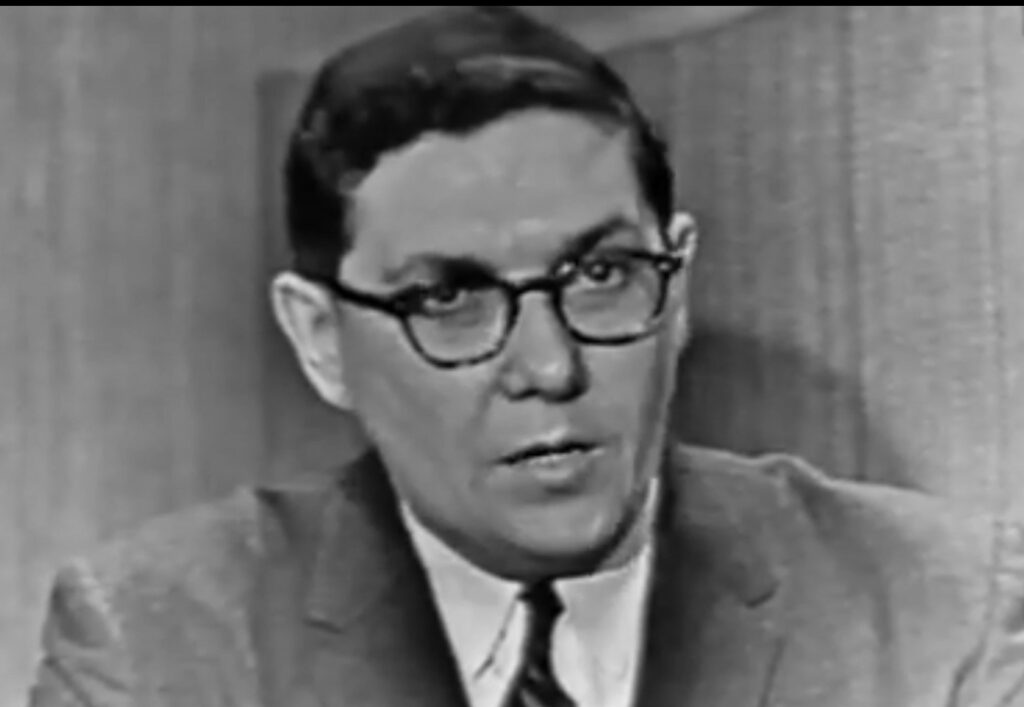



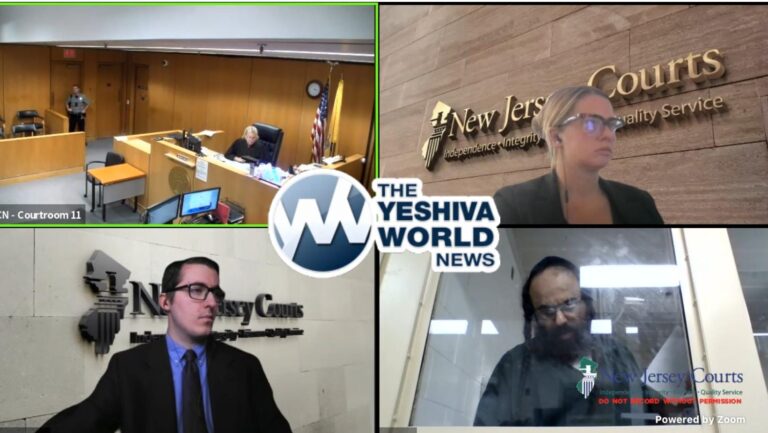

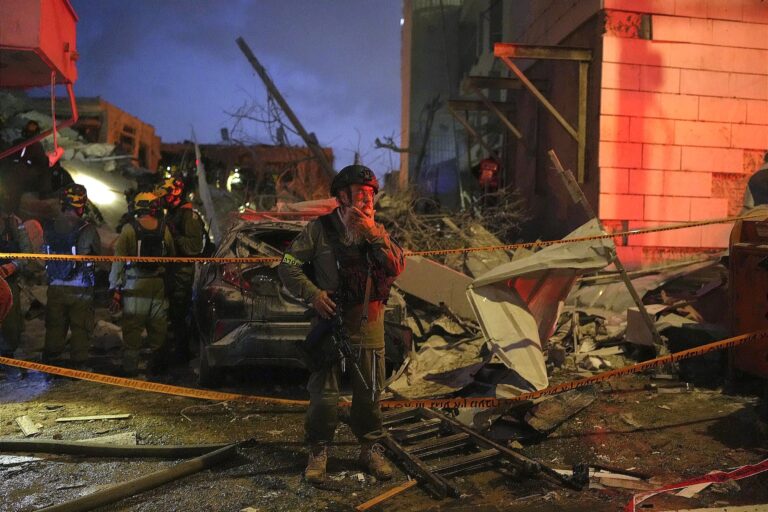
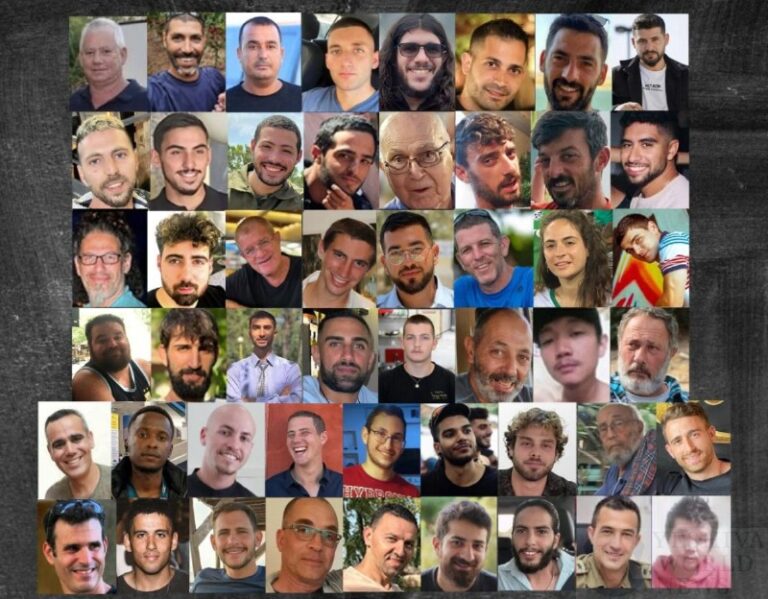

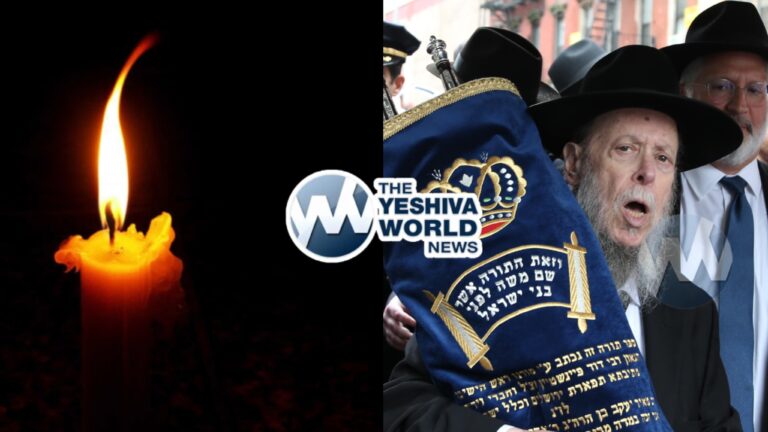
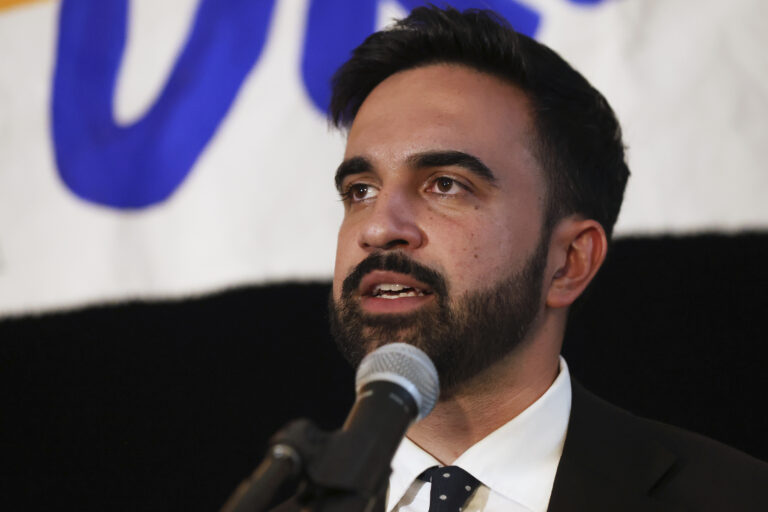
2 Responses
Beautiful description with interesting and also poignant elements, written in an English that we can all relate to. As well, it demonstrates the tremendous dedication to full-time torah study, by Europaische boys and a clean-shaven Western boy alike.
Yasher koach, Rav Hoffman, for these memoirs. Aside from R’ Kopul Rosen, a third Irish bochur deserves to be mentioned who also went from Dublin to Mir at that time. His name was Maxi Segal. He did not go on to become a Rav, although, while in Mir, he received semichah from R’ Aharon Walkin, the rav of Pinsk. I had the zchus of meeting him one Shabbos in Terenure shul in Dublin, Ireland. Two things that I recall that he mentioned regarding R’ Yerucham: 1) During his shmuezen on Shabbos afternoons, the bochrim would link arms and sway back and forth as they were listening 2) During his final illness, the people of Mir covered the streets outside his house with straw so that the carriages passing by would not disturb him.